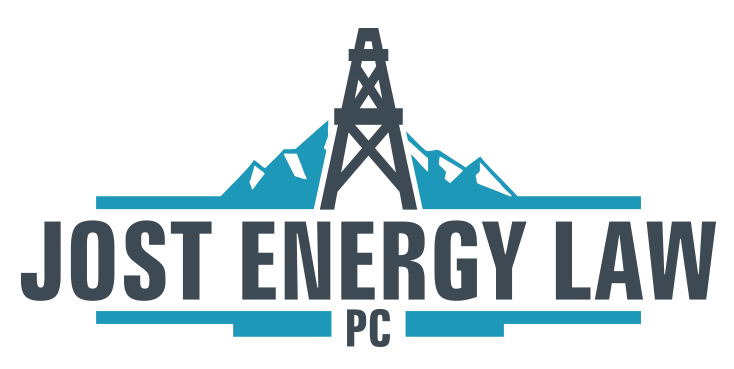News & Alerts
January 11, 2021 “DID YOU KNOW?” – JOST ENERGY LAW PRACTICAL TIPS ON NEW COGCC RULES – DAY ONE
As Colorado Operators enter the final countdown to the Friday, January 15, 2021 effective date of the COGCC Mission Change Rules, Jost Energy Law hopes to help our industry make the transition into the new regulatory regime as smooth as possible. As part of that effort, we will be providing a few practical tips over the course of the week that serve to provide some background on rules or processes that may otherwise not have been specifically addressed during the rulemaking or operator training meetings. Our first set is below:
~ Operator Training – Form 2A ALA Location ID Generation
When preparing an Alternative Location Analysis, please remember to number your Alternative Location(s) the same on your map and your narrative.
- Number 1 will have to be entered on the Alternative Locations Dashboard first so the Alternative Location # will auto-generate as #1, then Number 2, Number 3 and so on.
~ Rule 304.b.(7).F. – 2A Access Road Map
When preparing the Access Road Map, please remember to include:
- The access route from the nearest publicly maintained road to the proposed Oil and Gas Location,
- Any new access roads constructed as part of the Oil and Gas Development Plan, and
- Any Residential Building Units within 2,000 feet of the access road for this Oil and Gas Location.
~ Rule 303.a.(5).C.i. – CIDER Surrounding Oil and Gas Impacts
When preparing the CIDER information, please remember to include:
- The total number of active, permitted, and proposed Oil and Gas Locations within a 1-mile radius of each of the proposed Oil and Gas Locations, including those permitted by the Relevant Local Government, even if a permit application has not yet been submitted to the Commission for the same location.
- This will include a deep-dive into the COGCC and local government database to ensure that all active, permitted and proposed Oil and Gas Locations are included – not just locations belonging to the Operator seeking a new location.
~ Rule 216.e. – Global Positioning Systems
When preparing any document with latitude/longitude requirements, please remember that:
- Latitude and longitude coordinates must be provided in decimal degrees with an accuracy and precision of 5 decimals of a degree using the North American Datum (“NAD”) of 1983 (e.g., latitude 37.12345 N, longitude 104.45632 W).

